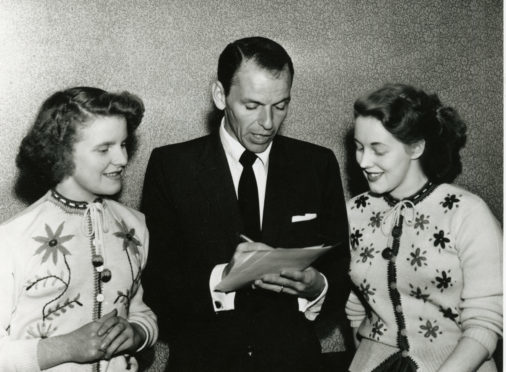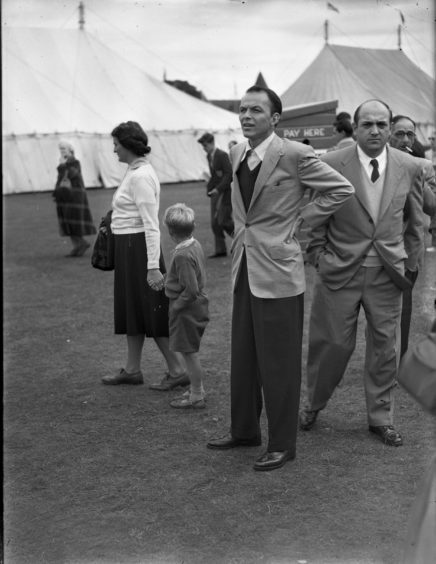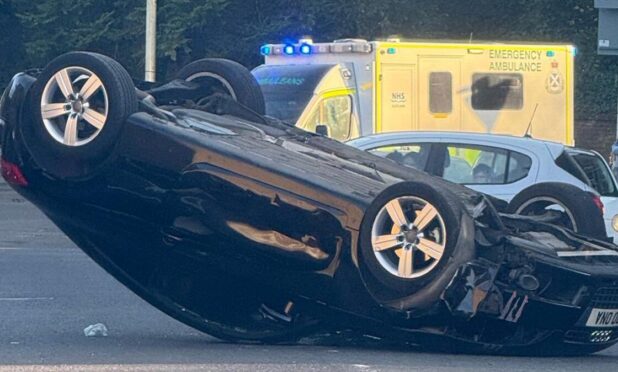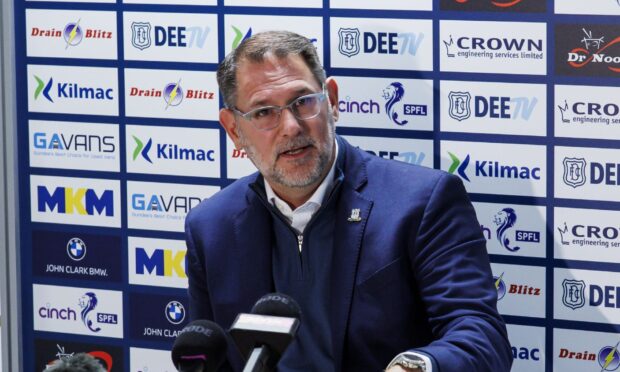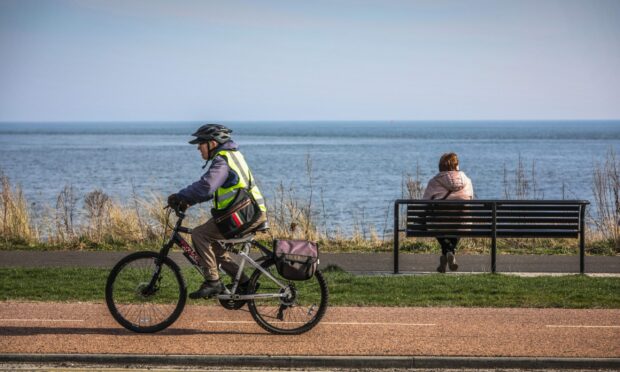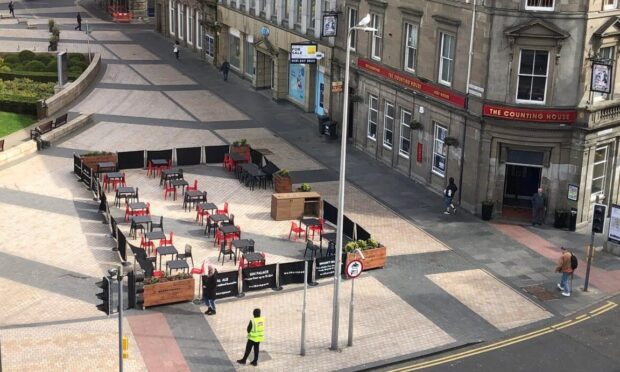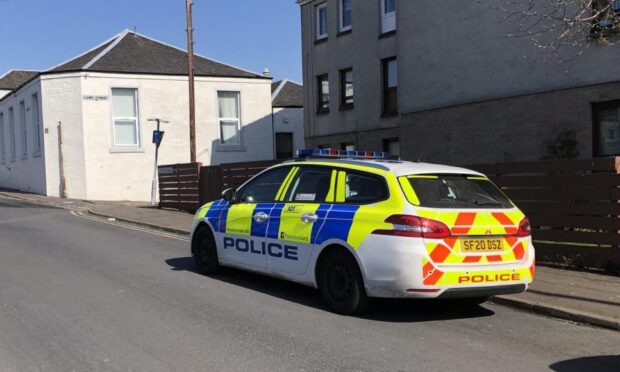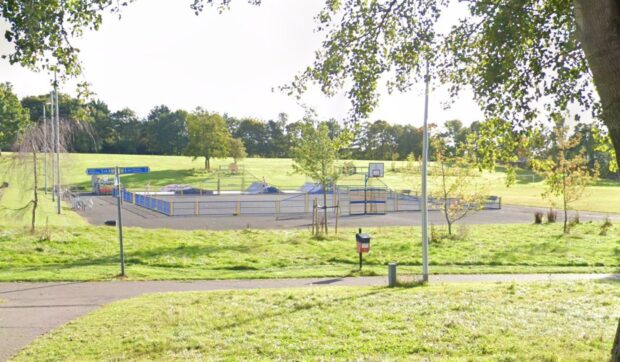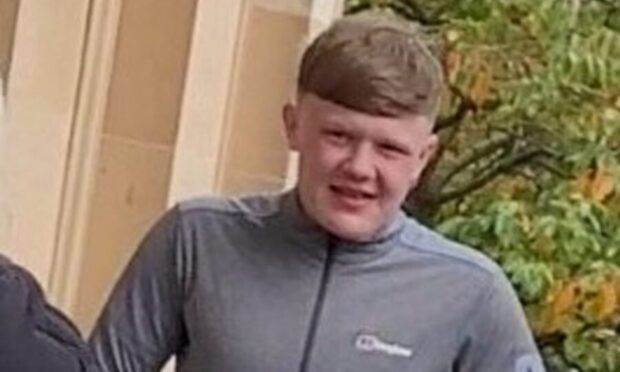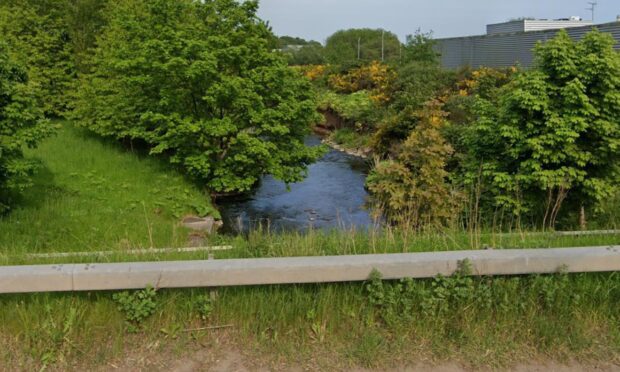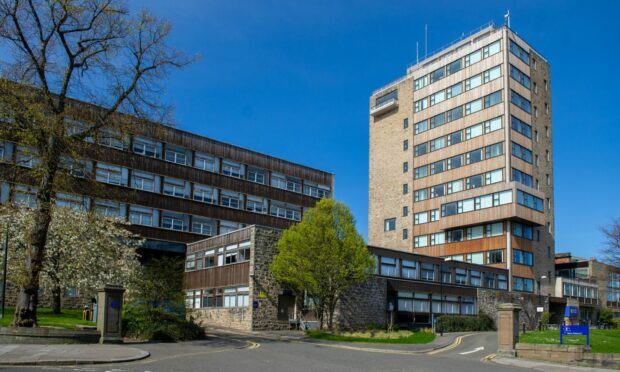It was the day Frank Sinatra made sure his Dundee fans in the cheap seats weren’t “strangers in the night”.
Ol’ Blue Eyes invited the folk at the back to “come down where I can see you” when just under 600 of them turned out at the Caird Hall.
They took him at his word and invaded the empty 15 shilling seats at the front of the stage at the 3,300-seater venue.
Sinatra’s appearance in Dundee 65 years ago tonight is being fondly remembered as part of the build-up to next week’s Open at Carnoustie.
The singer was bitten by the golf bug and was lured across the Atlantic to watch Ben Hogan at the 1953 Open at Carnoustie and did a few gigs to earn some pocket money.
He performed two shows in Dundee that evening. The second house at 8.45pm attracted 1,189 fans.
Sinatra was undeterred by the poor turnout and was full of praise for the reception he received, describing the crowd as “wonderfully enthusiastic”.
“That happens in other cities,” he said.
“What really matters is their response and it was wonderful.
“I have a very high opinion of Scottish audiences.”
Despite the onset of a cold and the big arena Sinatra said the acoustics were splendid.
He had the fans in raptures with a 13-song, 45 minute set with a pause in between for a cup of tea.
The set highlights included Birth of the Blues, Nancy With the Laughing Face, You’ll Never Walk Alone and Ole Man River.
Iain Flett from the Friends of Dundee City Archives said: “His popular image had been severely dented two years beforehand by his leaving his first wife Nancy and their three young children to marry the actress Ava Gardner.
“His two performances in Dundee were backed by Billy Ternent and his Orchestra, a high quality band who were renowned among professional session players for the difficulty of their arrangements, so it was the jazz literati of Dundee who turned out to hear Sinatra.
“The tickets for both performances ranged between five shillings and 15 shillings.
“A five bob seat would be today £7.50 and a fifteen bob seat £22.50, which is still good value for a professional jazz singer and a top grade backing orchestra.”
The star’s sense of humour can be seen in the the Caird Hall autograph book, added Iain.
“On page 100 he signed it not in 1953, but in 1933, in between conductor Sir Thomas Beecham and classical pianist Vladimir Horowitz.
“His knowledge of music was encyclopaedic – he knew exactly what he was doing.”
One female letter writer to The Courier after the gig explained why there were so few people in attendance.
“Catriona” said whoever arranged the concert “must have been optimistic regarding his fans finances”.
She said: “Teenagers form the largest part of his following, with the result that they just couldn’t afford the Caird Hall prices.
“A popular all-over price would have filled the hall easily with young people,”
Sinatra returned to Scotland in 1990 aged 75 to perform a concert at Ibrox Stadium in Glasgow.
His legacy lived on for many years in Dundee when a pub in King Street was named after him by Ian Hindmarsh.
He was on holiday on the Costa Del Sol when he saw a place called Sinatra’s bar and thought it would be a great name for a bar.
The image of Sinatra adorned virtually every wall in the venue before it closed in 2011 after operating for almost three decades.
Frank Sinatra – the man, the myth, the legend
All his life he did it his way.
Success rested uneasily on the shoulders of Francis Albert Sinatra, known to members of the entertainment industry as the chairman of the board.
He was born on December 12 1915.
His Sicilian-born father was a fireman and an amateur boxer and encouraged his son to learn ring craft.
His mother, born in Genoa, was a strong-minded woman who spent much of her time working for the Democratic Party she was also a part-time abortionist.
Sinatra wanted to become a sports reporter and worked as an office boy on the local Hudson Observer.
But he became a fan of Bing Crosby and Billie Holiday and formed a singing quartet called the Hoboken Four.
His big break came when he joined the Harry James band as a singer in 1939, only to be lured away six months later by rival bandleader Tommy Dorsey.
Singing with Dorsey at the Paramount Theatre in New York in the early 1940s, the skinny young man whose ears stood out below a mop of curly hair became famous as the king of the swooners.
His voice made him a superstar, gave him a spectacular lifestyle and put him on intimate terms with American presidents and some of the century’s greatest showbusiness icons.
His biggest hit songs were Three Coins In A Fountain, All The Way, Love and Marriage, The Tender Trap, Strangers in the Night, My Way, New York, New York and, in a duet with daughter Nancy, Somethin’ Stupid.
Sinatra announced his retirement from concert work in 1995 and last appeared in Britain at a series of sell-out shows in London’s Albert Hall in 1992.
He was also a star of 58 films and many of his earlier ones became classics.
He won an Oscar for best supporting actor as Angelo Maggio in 1953’s From Here to Eternity.
An urban myth regarding the casting of Sinatra was that the Mafia made Columbia Pictures an offer they couldn’t refuse.
The years barely slowed him down and many believed he would live forever, not least Sinatra himself.
“I hope you all reach 465 years old and may the last voice you hear be mine,” he told fans during his last British concerts.
